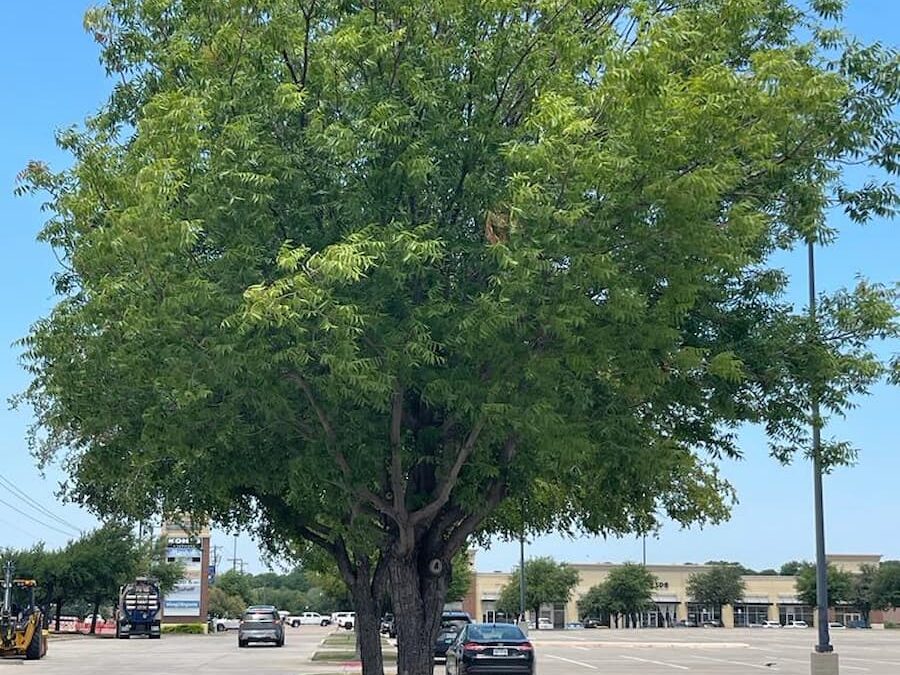Introduction:
Chinese Pistache trees (Pistacia chinensis) are known for their stunning fiery foliage in the fall, making them a popular choice for landscaping. However, before planting these trees, it is essential to weigh the pros and cons they offer. This article explores the benefits of Chinese Pistache trees, including their adaptability, low-maintenance nature, and longevity, while also discussing potential drawbacks such as invasive root systems and susceptibility to diseases.
Fiery Foliage and Aesthetic Appeal:
One of the primary reasons for planting Chinese Pistache trees is their vibrant foliage during the autumn season. The leaves transform into a brilliant mix of red, orange, and yellow hues, creating a visually striking landscape. This fiery display adds a touch of warmth and beauty to any garden or backyard, making it a favorite among homeowners and landscapers alike.
Hardiness and Adaptability:
Chinese Pistache trees are known for their hardiness and adaptability to various soil conditions. They can thrive in both clay and sandy soils, making them suitable for a wide range of landscapes. These trees are also tolerant of drought conditions, making them an excellent choice for regions with limited water availability. Additionally, Chinese Pistache trees can withstand both hot summers and cold winters, making them a versatile option for different climates.
Low-Maintenance Nature:
For those seeking low-maintenance trees, Chinese Pistache is an ideal choice. Once established, they require minimal care and attention. These trees are relatively pest and disease resistant, reducing the need for frequent treatments. Additionally, they have a moderate growth rate, eliminating the need for constant pruning or trimming.
Longevity and Durability:
Chinese Pistache trees are known for their longevity, with some specimens living for over 100 years. Their durability makes them a valuable addition to any landscape, providing shade and beauty for generations to come. Moreover, their sturdy branches can withstand strong winds and storms, making them a reliable choice for areas prone to inclement weather. Chinese Pistache Trees
Considerations:
While Chinese Pistache trees offer numerous benefits, it is essential to consider potential drawbacks before planting them. One concern is their invasive root system, which can cause damage to sidewalks, driveways, and underground utilities if not properly managed. Regular monitoring and root pruning can help mitigate this issue. Additionally, Chinese Pistache trees are susceptible to certain diseases, such as Verticillium wilt and anthracnose. Proper care, including regular watering and adequate spacing between trees, can help prevent these diseases from taking hold.
Conclusion:
Chinese Pistache trees are a popular choice for their fiery fall foliage, adaptability, low-maintenance nature, and longevity. However, it is crucial to consider their potential drawbacks, such as invasive root systems and susceptibility to diseases. By weighing these factors, individuals can make an informed decision about whether to plant Chinese Pistache trees in their landscape. With proper care and management, these trees can provide years of beauty and enjoyment.
